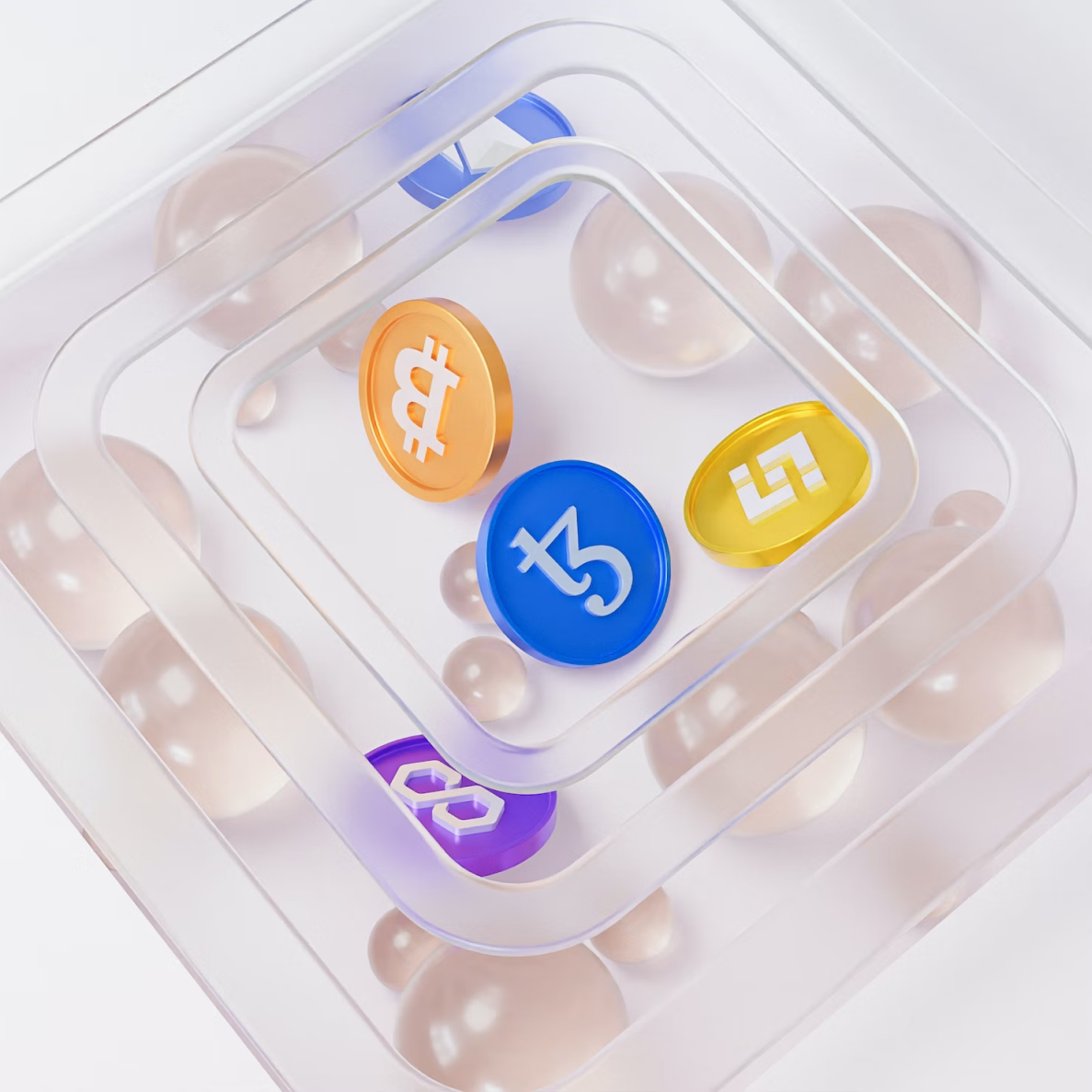Why India’s Modi stands by the dollar even as it consistently affects his economy negatively

India’s Prime Minister Narendra Modi has tied his economic policies to the U.S. dollar, even as it drags his country’s financial health through the mud.
The rupee, once the pride of the nation’s monetary system, now sits at a pitiful 86.59 against the dollar, an all-time low. Inflation is choking the average Indian, trade deficits are ballooning, and foreign investors are pulling their money out faster than it takes to say “economic crisis.”
Yet Modi stays loyal to the dollar. Why? The answer is as complex as India’s 1.4 billion population. The country is in a financial mess. The December 2024 trade deficit hit $20 billion, thanks to rising crude oil prices. Inflation remains a stubborn 6%, well above the Reserve Bank of India’s (RBI) comfort zone.
Meanwhile, foreign investors yanked $12 billion from Indian markets since October, with $4.2 billion vanishing just last month. The rupee? On life support. It has lost over 1% of its value against the dollar in 2025 alone.
Modi’s love affair with the dollar is a dangerous obsession
India runs on the dollar like it’s oxygen. Crude oil, technology imports, raw materials—everything India needs comes with a dollar price tag. This dependence on global trade means the Asian nation has little choice but to play nice with the greenback.
Modi knows this, so he doubles down on policies that keep India aligned with the dollar, even if it breaks the bank. The Reserve Bank of India (RBI) is doing what it can to stop the bleeding. In December, it injected $3 billion into dollar-rupee swaps to ease liquidity issues.
But these band-aid solutions can’t fix the deeper structural problems. Traders are betting against the rupee, and global markets aren’t helping. The U.S. economy, with its booming job numbers and aggressive Federal Reserve rate hikes, is keeping the dollar strong.
The rupee’s collapse is also a massive headache for Modi’s “Make in India” dream. This flagship initiative aims to turn India into a manufacturing hub, competing with China. But a weak rupee makes foreign investors think twice. Who wants to invest in a country where the currency can’t hold its value?
RBI’s fight against liquidity chaos
The RBI is juggling too many balls. Its main job is to keep the rupee afloat, but that’s draining liquidity from Indian banks. As of January 12, the banking system was short by 2 trillion rupees. To make matters worse, corporate tax deadlines and stock market borrowing have squeezed the local currency even further.
Last year, the RBI reduced its use of overseas forward contracts, focusing instead on stabilizing the rupee at home. It worked for a while, but the cost was brutal. Households and businesses found it harder to get their hands on rupees, and liquidity dried up.
Three-month implied yields for the dollar-rupee fell 29 basis points, and six-month premiums dropped by 21 basis points today. These yields reflect market expectations for interest rates and liquidity. When they drop, it’s a sign that something is seriously off.
The geopolitics grip on Modi
If Modi wanted to ditch the dollar, geopolitics realities would slap him back into place. India relies on the U.S. for defense, technology, and as a counterweight to China. Being on good terms with Washington means sticking with the dollar, whether India likes it or not.
Opposition parties are using the rupee’s collapse as ammunition. The Congress Party doesn’t miss a chance to remind voters that when Modi took office in 2014, the rupee was at 58.58 per dollar.
The “China Plus One” strategy, which encourages global companies to set up shop in India instead of relying solely on China, hinges on India being an attractive investment destination. A weak rupee makes that a tough sell.
Oil is India’s biggest Achilles’ heel. The country imports 85% of its crude oil, and Brent crude is sitting at $80.91 per barrel. Every time oil prices go up, trade deficit widens, inflation spikes, and the rupee takes another beating.
Goldman Sachs isn’t optimistic. Its analysts predicted a 5% rally in the dollar for 2025, fueled by strong U.S. job numbers and trade policies. The euro is expected to drop below parity, hitting 0.97 against the dollar in six months.
The Aussie dollar? It’s looking at 0.62 US cents within three months. Clearly, India isn’t the only one suffering under the dollar’s reign, but that does little to comfort Modi.
BRICS’ de-dollarization dream
India’s membership in BRICS comes with talk of reducing reliance on the dollar. Russia, China, and Brazil have all been pushing for alternative currencies, after U.S. sanctions on Russia. But India? It’s cautious.
The rupee, despite its troubles, was one of Asia’s better-performing currencies in 2024, losing only 2.8% against the dollar. But that’s not much of a win when the dollar is still crushing everything in its path. Modi’s long game seems to be about survival now and reform later.
The U.S. economy is a juggernaut. In December alone, it added 256,000 jobs, blowing past expectations of 160,000. The Federal Reserve’s hawkish stance has kept the dollar strong, making life harder for every other currency out there.
Read More

Here is how to know exactly when the Federal Reserve will start printing
Why India’s Modi stands by the dollar even as it consistently affects his economy negatively

India’s Prime Minister Narendra Modi has tied his economic policies to the U.S. dollar, even as it drags his country’s financial health through the mud.
The rupee, once the pride of the nation’s monetary system, now sits at a pitiful 86.59 against the dollar, an all-time low. Inflation is choking the average Indian, trade deficits are ballooning, and foreign investors are pulling their money out faster than it takes to say “economic crisis.”
Yet Modi stays loyal to the dollar. Why? The answer is as complex as India’s 1.4 billion population. The country is in a financial mess. The December 2024 trade deficit hit $20 billion, thanks to rising crude oil prices. Inflation remains a stubborn 6%, well above the Reserve Bank of India’s (RBI) comfort zone.
Meanwhile, foreign investors yanked $12 billion from Indian markets since October, with $4.2 billion vanishing just last month. The rupee? On life support. It has lost over 1% of its value against the dollar in 2025 alone.
Modi’s love affair with the dollar is a dangerous obsession
India runs on the dollar like it’s oxygen. Crude oil, technology imports, raw materials—everything India needs comes with a dollar price tag. This dependence on global trade means the Asian nation has little choice but to play nice with the greenback.
Modi knows this, so he doubles down on policies that keep India aligned with the dollar, even if it breaks the bank. The Reserve Bank of India (RBI) is doing what it can to stop the bleeding. In December, it injected $3 billion into dollar-rupee swaps to ease liquidity issues.
But these band-aid solutions can’t fix the deeper structural problems. Traders are betting against the rupee, and global markets aren’t helping. The U.S. economy, with its booming job numbers and aggressive Federal Reserve rate hikes, is keeping the dollar strong.
The rupee’s collapse is also a massive headache for Modi’s “Make in India” dream. This flagship initiative aims to turn India into a manufacturing hub, competing with China. But a weak rupee makes foreign investors think twice. Who wants to invest in a country where the currency can’t hold its value?
RBI’s fight against liquidity chaos
The RBI is juggling too many balls. Its main job is to keep the rupee afloat, but that’s draining liquidity from Indian banks. As of January 12, the banking system was short by 2 trillion rupees. To make matters worse, corporate tax deadlines and stock market borrowing have squeezed the local currency even further.
Last year, the RBI reduced its use of overseas forward contracts, focusing instead on stabilizing the rupee at home. It worked for a while, but the cost was brutal. Households and businesses found it harder to get their hands on rupees, and liquidity dried up.
Three-month implied yields for the dollar-rupee fell 29 basis points, and six-month premiums dropped by 21 basis points today. These yields reflect market expectations for interest rates and liquidity. When they drop, it’s a sign that something is seriously off.
The geopolitics grip on Modi
If Modi wanted to ditch the dollar, geopolitics realities would slap him back into place. India relies on the U.S. for defense, technology, and as a counterweight to China. Being on good terms with Washington means sticking with the dollar, whether India likes it or not.
Opposition parties are using the rupee’s collapse as ammunition. The Congress Party doesn’t miss a chance to remind voters that when Modi took office in 2014, the rupee was at 58.58 per dollar.
The “China Plus One” strategy, which encourages global companies to set up shop in India instead of relying solely on China, hinges on India being an attractive investment destination. A weak rupee makes that a tough sell.
Oil is India’s biggest Achilles’ heel. The country imports 85% of its crude oil, and Brent crude is sitting at $80.91 per barrel. Every time oil prices go up, trade deficit widens, inflation spikes, and the rupee takes another beating.
Goldman Sachs isn’t optimistic. Its analysts predicted a 5% rally in the dollar for 2025, fueled by strong U.S. job numbers and trade policies. The euro is expected to drop below parity, hitting 0.97 against the dollar in six months.
The Aussie dollar? It’s looking at 0.62 US cents within three months. Clearly, India isn’t the only one suffering under the dollar’s reign, but that does little to comfort Modi.
BRICS’ de-dollarization dream
India’s membership in BRICS comes with talk of reducing reliance on the dollar. Russia, China, and Brazil have all been pushing for alternative currencies, after U.S. sanctions on Russia. But India? It’s cautious.
The rupee, despite its troubles, was one of Asia’s better-performing currencies in 2024, losing only 2.8% against the dollar. But that’s not much of a win when the dollar is still crushing everything in its path. Modi’s long game seems to be about survival now and reform later.
The U.S. economy is a juggernaut. In December alone, it added 256,000 jobs, blowing past expectations of 160,000. The Federal Reserve’s hawkish stance has kept the dollar strong, making life harder for every other currency out there.
Read More

